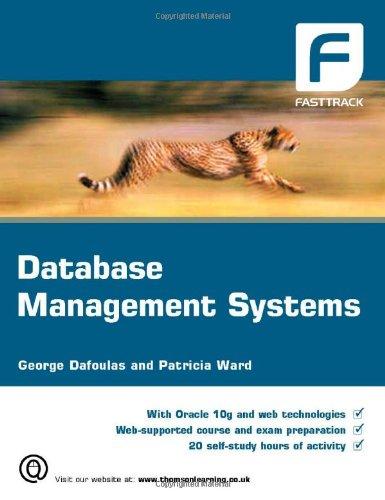In this homework, you are required to use MATLAB to filter a signal of a finite duration, both in the time-domain and the frequency-domain. The main steps required to carry out the project are: 1. Create a signal using the following MATLAB script load bostemp days =(1:3124)/24; plot (days, tempc) legend ('Hourly Temp', '24 Hour Average (delayed)", "location ", 'best') ylabel ("Temp (\circc)") xlabel ("Time elapsed from Jan 1, 2011 (days)") title('Logan Airport Dry Bulb Temperature (source: NOA.A)') 2. Create a low pass filter and store it in a vector called h, as shown below: 8 Filter parameters: Fs=8000; fc=500; zutoff frequency L= size(tempc, 1); size of the fllter is the same as the signal. x=((L1)/2:(L1)/2); hideal =sinc(2xfc/Es); h= hamming (L)'. * hideal; of h is our filter h=h; h=h/sum(h); figure plot (h(L/2300:L/2+300)) Time-domain analysis 3. Use the convolution operation to apply the filter, h, to the signal, tempC. The filtered signal should be stored as tempc Eiltered. 4. Plot tempC and tempc Filtered on the same figure. 5. Compute and plot the magnitude of the Fourier transform of tempc, h, and tempC_Filtered. Frequency-domain analysis 7. Compute the Fourier transform of the signal, tempc, and the filter, h. 8. Multiply the Fourier transform of tempC with the Fourier transform of h, and store the result in a vector called tempc_freq. 9. Plot the magnitude of tempc_freq and compare it with the Fourier transform of the signal tempc_Filtered that was computed in step 5. 10. Compute and plot the inverse Fourier transform of tempC freq and store it in a vector called tempC_Filtered_2. Compare tempc_Filtered_2 with the signal tempC_Filtered that was obtained in step 3 . Changing the cutoff frequency Repeat the analysis when the cutoff frequency, fc, of the filter is set to 200,500 , 1000,1500,2000, and 2500 . What is the effect of increasing the cutoff frequency on the sound of the filtered signal? Why the signal does not change when a high value of cutoff frequency is used








